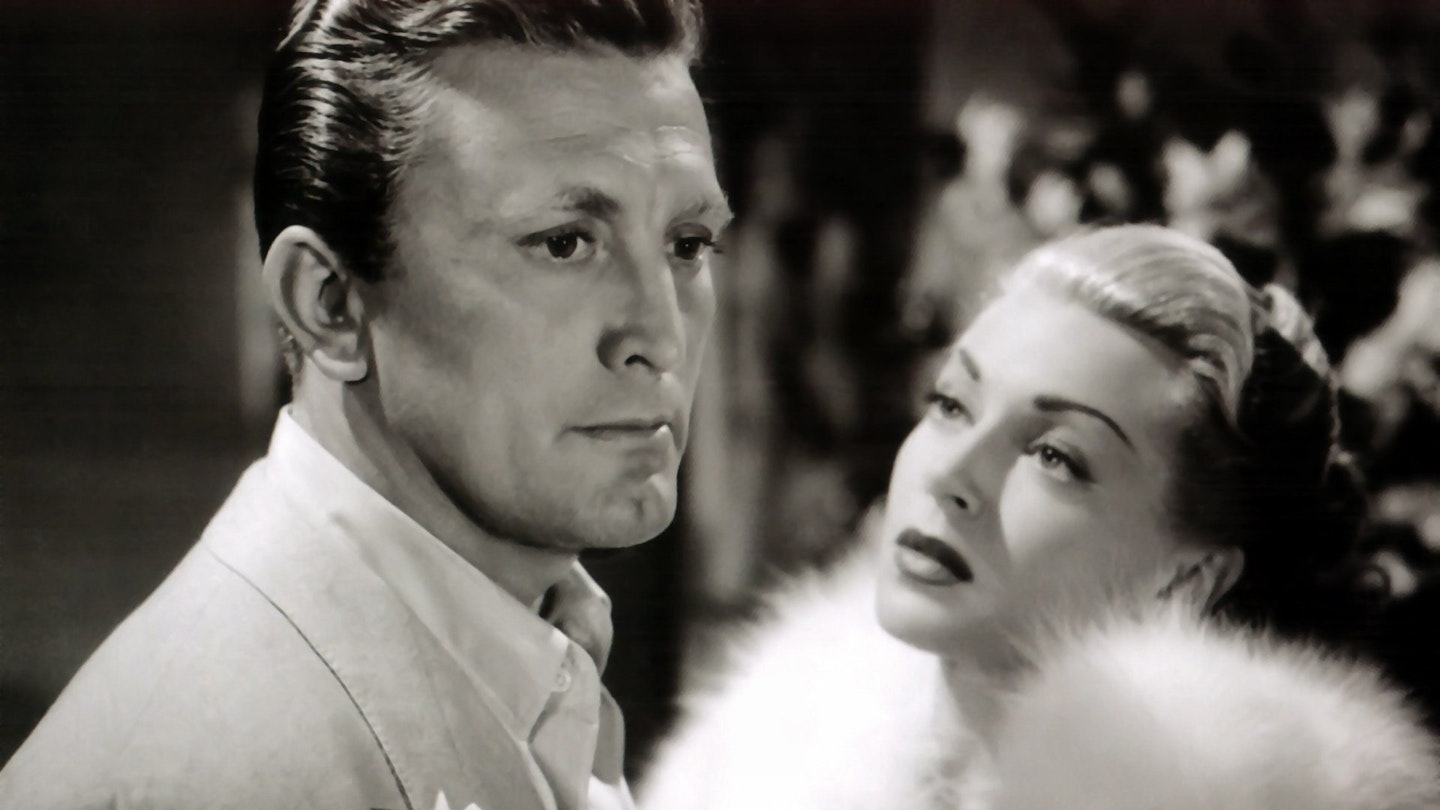In the same year that Singin' in the Rain celebrated the cosy kitsch aspect of Hollywood, this brooding Citizen Kane clone sought to descend into its seedier side to expose Tinseltown in all its vainglory. The Academy was politely impressed, with all but Kirk Douglas converting their nomination into an Oscar. Yet, director Vincente Minnelli was overlooked and the film was omitted from the Best Picture shortlist, which suggests that The Bad and the Beautiful might have struck more raw nerves than it intended.
There was certainly considerable speculation about who had inspired which character. Jonathan Shields supposedly bore elements of David O. Selznick, Darryl F. Zanuck, Orson Welles and Val Lewton, while Georgia Lorrison bore an uncanny resemblance to Diana Barrymore. Harry Prebel recalled Kane scribe Herman Mankiewicz, while James Lee Bartlow drew on William Faulkner and F. Scott Fitzgerald. Even minor figures like Henry Whitfield and Von Ellstein purportedly mirrored Alfred Hitchcock and Erich von Stroheim and Josef von Sternberg respectively.
Minnelli was always prone to melodrama. But this is a laudably unsentimental portrait of the picture business, in which the principals come to realise that while Shields has scarred them emotionally, he had also enhanced their careers. The choice between love and art is a key Minnelli theme and, as ever, his inspired use of visual symbolism and contrast reinforces the psychological mood. Robert Surtees's monochrome photography is particularly effective in the sequence in which Shields explains how the unseen is crucial to horror and in Georgia's nocturnal dash through the driving rain in a blaze of suicidal self-pity. But, Minnelli's use of sound is also impressive, most notably during the Beverly Hills party in which he uses overlapping dialogue to convey the cacophony of colliding egos.
